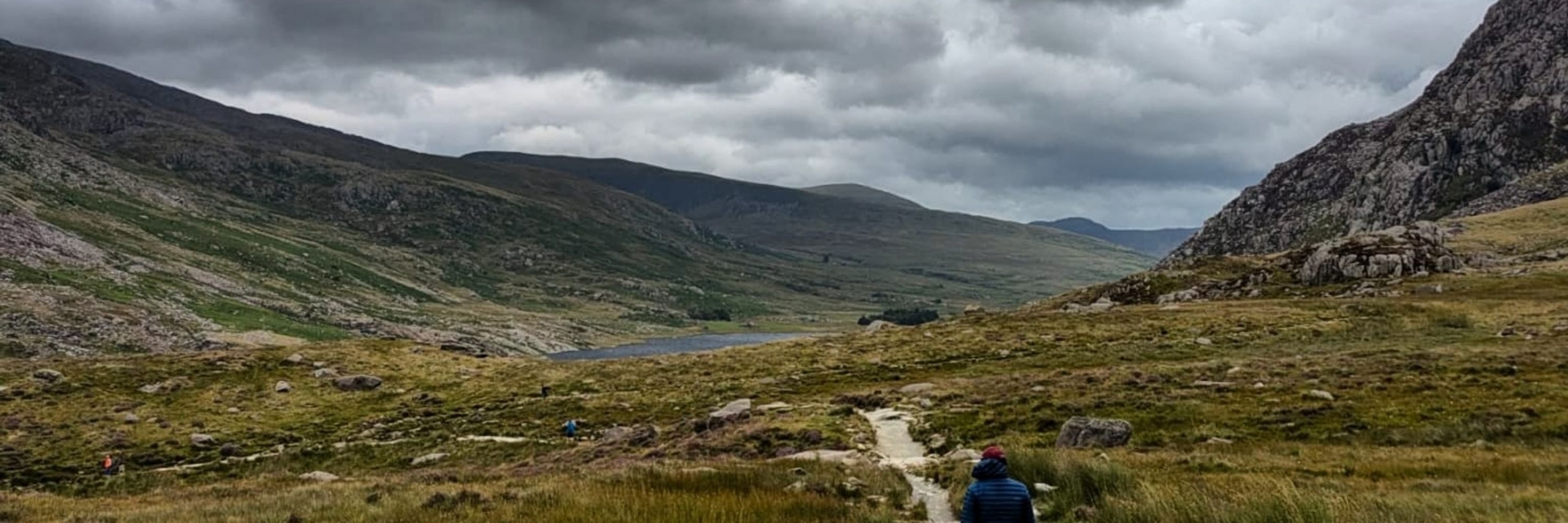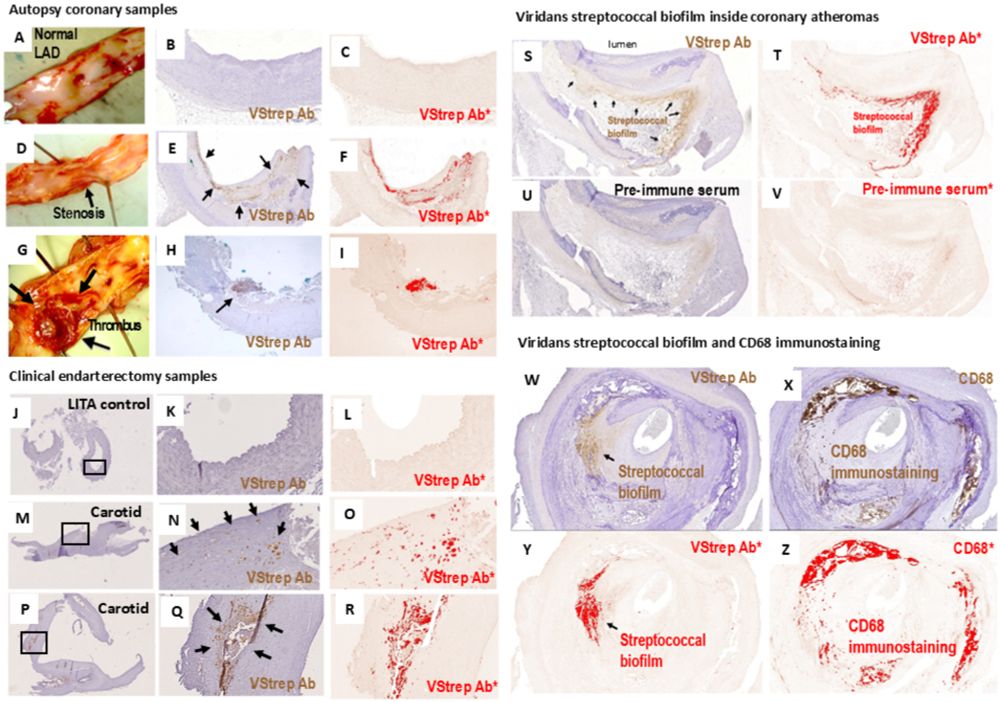
I work on anaerobes, biofilms, host-microbial models, bacterial volatile metabolites and oral microbiota-systemic axis.
Passionate about guitars, motorsport and cricket. #bikerlife
Views my own.
mRNA vaccines saved 20 million lives in a global pandemic and the technology is opening up new avenues for the treatment of deadly cancers. This is really one of the most impactful scientific developments of our time.
www.nature.com/articles/s41...

mRNA vaccines saved 20 million lives in a global pandemic and the technology is opening up new avenues for the treatment of deadly cancers. This is really one of the most impactful scientific developments of our time.
www.nature.com/articles/s41...
Despite being a virulence factor, candidalysin toxin is essential for Candida albicans to penetrate the oral epithelium to establish non-infectious colonisation.
@lableibundgut.bsky.social @frois-martins.bsky.social
@leibniz-hki.de
#MicroSky 🍄
www.nature.com/articles/s41...

Despite being a virulence factor, candidalysin toxin is essential for Candida albicans to penetrate the oral epithelium to establish non-infectious colonisation.
@lableibundgut.bsky.social @frois-martins.bsky.social
@leibniz-hki.de
#MicroSky 🍄
www.nature.com/articles/s41...
'Phage quest: a beginner’s guide to explore viral diversity in the prokaryotic world' by @sebwielgoss.bsky.social and colleagues
academic.oup.com/bib/article/...

'Phage quest: a beginner’s guide to explore viral diversity in the prokaryotic world' by @sebwielgoss.bsky.social and colleagues
academic.oup.com/bib/article/...




Yes it’s true that some scientific discoveries are complete paradigm changers, and we celebrate these. 1/
Yes it’s true that some scientific discoveries are complete paradigm changers, and we celebrate these. 1/
@batbilegbor.bsky.social
forsyth.org/saccharibact...
Spectacular atomic force microscopy time course studies from Carolina Borrelli et al. in Nature Microbiology show how polymyxin drugs (like colistin) cause blebbing and shedding of the Gram-negative bacterial outer membrane
It looks almost like the bacilli 🦠 caught smallpox then died

Spectacular atomic force microscopy time course studies from Carolina Borrelli et al. in Nature Microbiology show how polymyxin drugs (like colistin) cause blebbing and shedding of the Gram-negative bacterial outer membrane
It looks almost like the bacilli 🦠 caught smallpox then died

Hear our Director, Edith Heard, explain why the Crick is a unique place for curiosity-driven research.
Apply now ➡️ www.crick.ac.uk/careers-stud...
Hear our Director, Edith Heard, explain why the Crick is a unique place for curiosity-driven research.
Apply now ➡️ www.crick.ac.uk/careers-stud...



www.theatlantic.com/ideas/archiv...
www.theatlantic.com/ideas/archiv...
The point of funding is to convert it into quality research. A well-spent research budget should fund the idea it was raised on, plus revision experiments, plus preliminary data for the next grant. So you need to spend, while avoiding waste.
The point of funding is to convert it into quality research. A well-spent research budget should fund the idea it was raised on, plus revision experiments, plus preliminary data for the next grant. So you need to spend, while avoiding waste.

Viridans streptococci DNA found in ~42% of coronary plaques, forming biofilms ignored by macrophages
Once fragments escape, TLR2 senses them—potentially triggering an inflammatory response that disrupts plaque stability and increases heart attack risk
www.ahajournals.org/doi/10.1161/...

Viridans streptococci DNA found in ~42% of coronary plaques, forming biofilms ignored by macrophages
Once fragments escape, TLR2 senses them—potentially triggering an inflammatory response that disrupts plaque stability and increases heart attack risk
www.ahajournals.org/doi/10.1161/...
Oral commensal Veillonella promotes C. difficile germination by disrupting bile acid recycling. Veillonella LPS activates signaling to suppress bile acid transporter, preventing bile acid reabsorption
www.cell.com/cell-host-mi...

Oral commensal Veillonella promotes C. difficile germination by disrupting bile acid recycling. Veillonella LPS activates signaling to suppress bile acid transporter, preventing bile acid reabsorption
www.cell.com/cell-host-mi...
AfuPmV-1M, a dsRNA mycovirus in 𝘼𝙨𝙥𝙚𝙧𝙜𝙞𝙡𝙡𝙪𝙨 𝙛𝙪𝙢𝙞𝙜𝙖𝙩𝙖𝙨, boosts fungal stress tolerance, melanin, virulence
In vivo, antiviral (ribavirin) treatment cut viral load and improved mouse survival—mycoviruses are hidden “backseat drivers” of fungal disease
www.nature.com/articles/s41...

AfuPmV-1M, a dsRNA mycovirus in 𝘼𝙨𝙥𝙚𝙧𝙜𝙞𝙡𝙡𝙪𝙨 𝙛𝙪𝙢𝙞𝙜𝙖𝙩𝙖𝙨, boosts fungal stress tolerance, melanin, virulence
In vivo, antiviral (ribavirin) treatment cut viral load and improved mouse survival—mycoviruses are hidden “backseat drivers” of fungal disease
www.nature.com/articles/s41...




